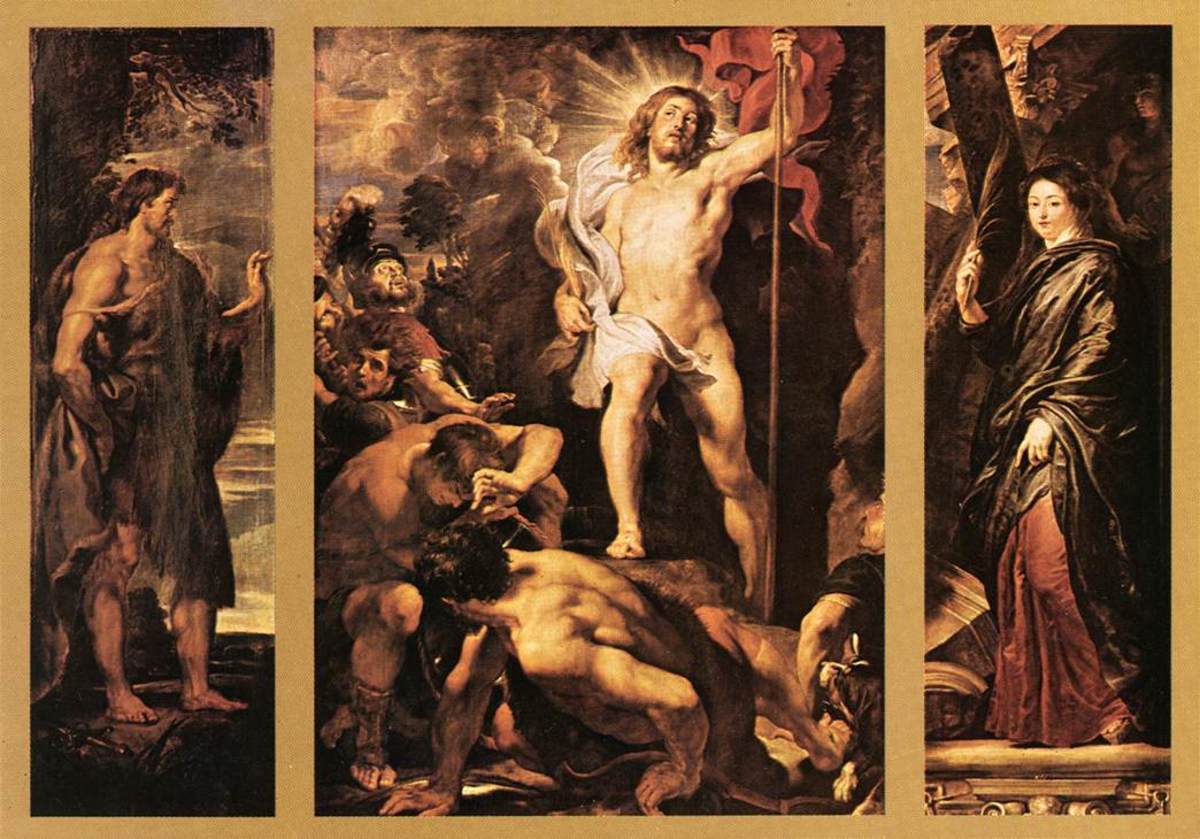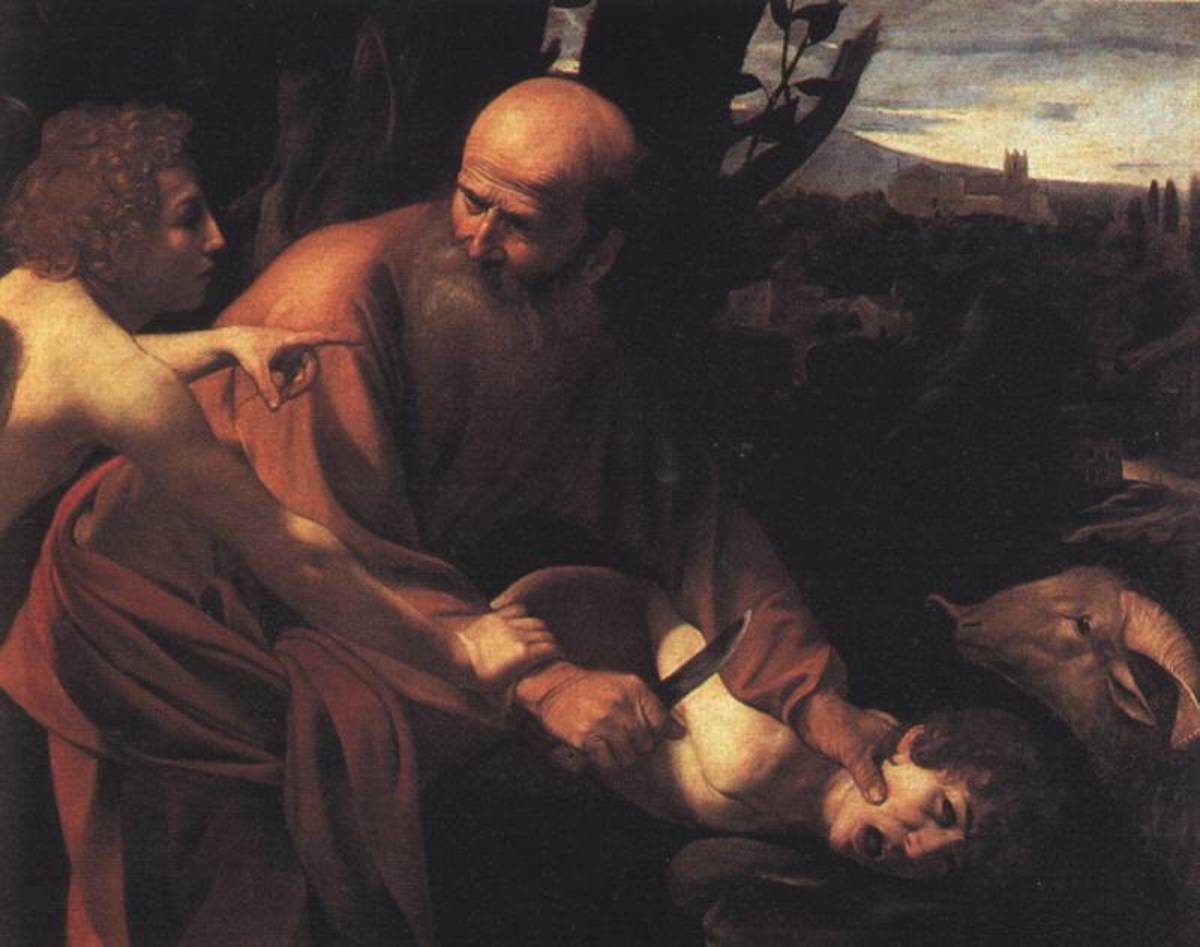Bible: What Does Hebrews 7-8 Teach Us About Jesus: the Melchizedekian Priest and Mediator of a New Covenant?
Melchizedek
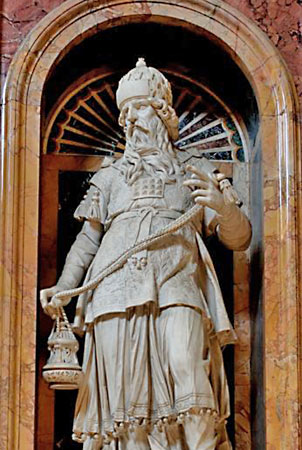
A Type of Christ
view quiz statisticsHebrews 7-8: Jesus Christ, the Melchizedekian Priest and Mediator of a New Covenant
Background about Melchizedek
Having mentioned Melchizedek as the “head” of a priestly order to which Christ belonged, the author fulfills his earlier intention to speak many things about this personage by recounting the ramifications of this priest-king’s historic encounter with Abraham (vv. 1-10; cf. 5:11; Gen. 14:18-20).
In a long, involved sentence, he explains who Melchizedek was (vv. 1-2) and why he “remains a priest continually” (v. 3).
The appositional phrases disclose Melchizedek’s titles: king of Salem and priest of the Most High God (v. 1a).
This man—whose name means “king of righteousness” and whose realm signifies that he was a king of “peace” (shalom) [v. 2b]—blessed Abraham when the patriarch returned to the valley of Shaveh (“the King’s Valley”) after he had defeated Chedorlaomer, Amraphel, Arioch, and Tidal—kings of various near Eastern regions (v. 1b; cf. Gen. 14:1, 17).
In tribute to his greatness, Abraham gave Melchizedek a tenth of the spoils (v. 2a).
Scripture records no details about Melchizedek’s parentage, genealogy, birthday, and death; however, the author notes that he was “made like the Son of God” (v. 3).
[Melchizedek was a type of Christ: priest of God, king of righteousness, king of peace, and a person greater than Abraham].
Melchizedek (with Abraham)
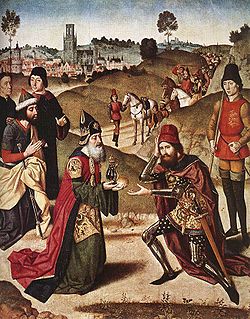
Abraham Inferior to Melchizedek
He asks his readers to ponder how great Melchizedek, the non-Levitical priest, must have been, since he not only received tithes from Abraham, but he also blessed the patriarch who personally received the promises and whose descendants would eventually receive the blessing (vv. 4, 6).
[According to Torah’s prescription, Levitical priests receive tithes from the descendants of Abraham (v. 5).
Note also the rule that the better (Melchizedek) blesses the lesser (Abraham) [v. 7]].
The writer adds that while the Levitical priests received tithes from the people, Melchizedek and his order obtained payment from Levi, long before Jacob (Abraham’s descendant) had even begotten this priest (vv. 8-10).
[The principle of corporate solidarity—the idea that the action of the descendants is contained in the deed of the head—comes into play here.
The single individual (Abraham) functions as the representative of the whole (his descendants).]
Levitical Priesthood Did Not Attain Perfection
Continuing his argument, the writer avers that the Levitical priesthood never attained the “perfection” that God required; therefore, the LORD’s people needed a Melchizedekian priest (v. 11).
[Ryrie interprets perfection here as “complete communion with God” (New Testament Study Bible, 407)].
Since the nation must change its priesthood, he writes, it must also change the law (v. 12). Jesus (“our Lord”)—no Levitical priest—never served at the altar, but arose from the non-priestly tribe of Judah (vv. 13-14; cf. 8:4).
He came as a Melchizedekian priest, and continues to serve as such “according to the power of an endless life” (“indestructible life,” NASB) [vv. 15-16]; the Holy Spirit had testified in the Old Testament that the Messiah would remain such a priest forever (v. 17; cf. Ps. 110:4).
The author asserts that after God set aside the Mosaic Law (because it was too weak to bring people into complete communion with Himself), He introduced “a better hope” of removing sin completely and enabling believers to “draw near to God” (vv. 18-19).
The fact that God made Jesus a priest by swearing an oath, but did not do the same for Levitical priests, also proves that the Lord became “the guarantee of a better covenant” (vv. 20-22).
[By declaring solemnly that Christ would remain a priest forever, the Father established the newer covenant as superior to the older.]
The author further argues that a multitude of priests cannot guarantee anyone’s salvation, because they all die and thus cannot perform their service anymore.
The one priesthood of Jesus, however, does not change.
As the divine king-priest, He can maintain the eternal salvation of those who trust in God through Him, because He will always be alive to intercede for them (vv. 23-25).
Sinners require the type of priest who is separate from sin and sinners, having never committed a single infraction against God, and whom God has exalted above the universe (v. 26).
Unlike sinful high priests who daily needed to spill animal blood to atone for (cover) their sins and those of others, Jesus shed His own blood once to pay for the sins of all God’s people of all time (v. 27).
Finally, the author compares the Mosaic ceremonial law and “the word of the oath.”
While the former instruction directed weak men to serve as high priests, the latter message God swore during David’s reign with the intention of making the Son a priest—One who has been eternally perfected through His obedient suffering (v. 28; cf. 5:8-9).
The High Priest
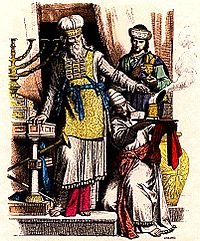
The New Covenant
view quiz statisticsHebrews 8
Believers Have a High Priest
The author presents his bottom line: believers have a High Priest who perfectly meets the qualifications.
Having finished His priestly work as a Servant of the Holies and of the divinely-constructed heavenly Tabernacle, Christ now sits at the place of honor beside His Father (“seated at the right hand of the Majesty in the heavens”) [vv. 1-2].
According to the Law, Levitical high priests must offer the prescribed sacrifices; on the other hand, the non-Levite High Priest must also offer a sacrifice, though not the kind that His brethren did (vv. 3-4).
The former priests served “the copy and shadow” of the heavenly tabernacle.
The author cites the directive God gave Moses regarding the pattern he must follow to erect this copy (v. 5; cf. Ex. 25:40).
Jesus, on the other hand, acquired a “more excellent ministry”; He mediates a better covenant “established on better promises” (v. 6).
The New Covenant Is For Israel
Finding the Older Covenant faulty—faulty, not because the LORD failed to fulfill His part, but because Israel reneged on its responsibility—God foretold a day when He would enact a new covenant with the northern and southern kingdoms (“the house of Israel and the house of Judah”), since they had failed to keep the Mosaic Covenant (“the covenant that I made with their fathers in the day when I took them out of the land of Egypt”).
God would “program” the Israelites of that future day to obey His law (“I will put My laws in their mind and write them on their hearts”), so that they would then faithfully adhere to the covenant stipulations [vv. 7-10].
In that day, no preacher will need to proclaim evangelistic sermons, for all Israelites will know Christ as their Savior; the Lord will forgive their sins and choose not to rehearse them ever again (vv. 11-12; cf. Is. 54:13; Jer. 31:34).
[Jesus ratified the new covenant during the Last Supper in the upper room one day before His death; Christ will fulfill the new covenant when He returns to Earth as the Messianic King and saves all Israel.]
The author points out that God made the Mosaic Covenant obsolete with His prophecy to Jeremiah; therefore, as time progresses, the older covenant “is becoming obsolete . . . growing old . . . is ready to vanish away” (v. 13).
© 2013 glynch1


